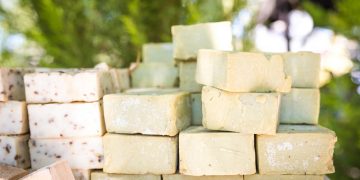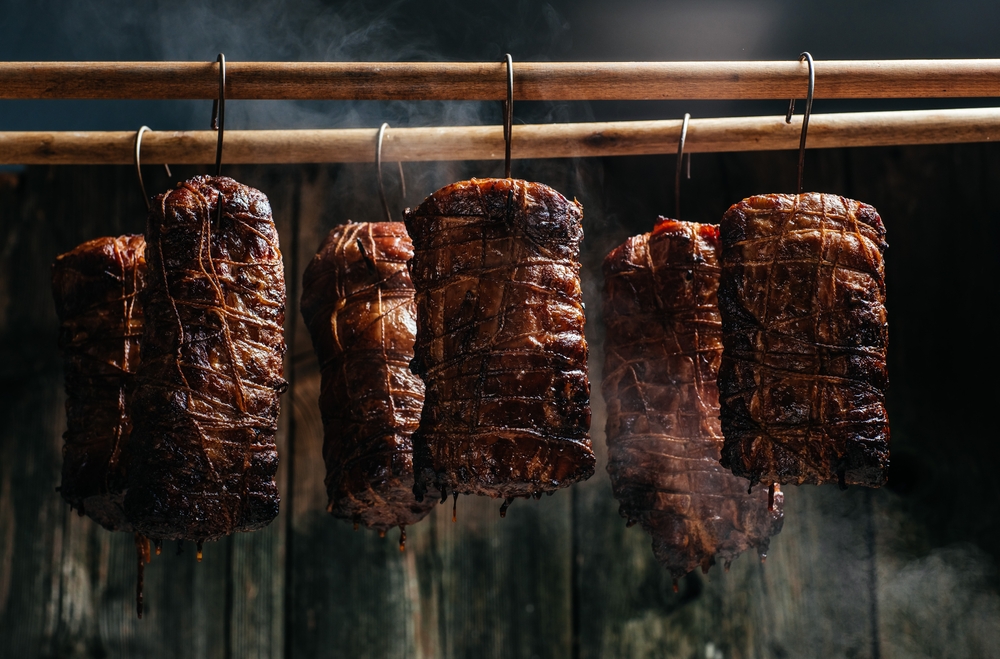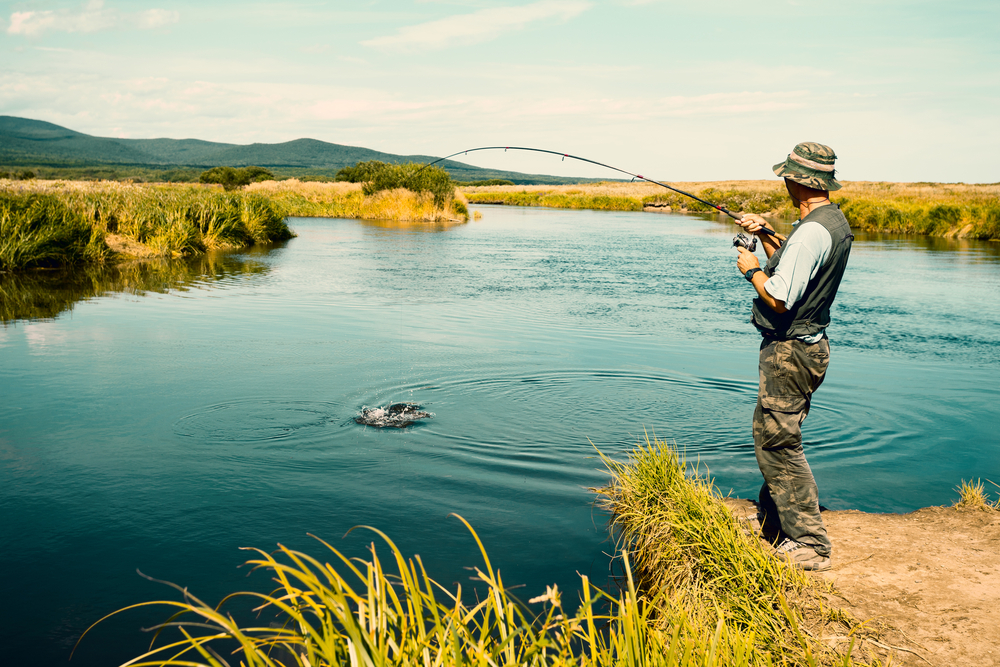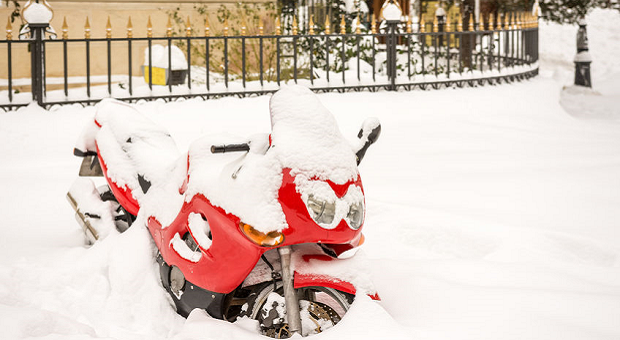Your bike is your baby and if you’ve learned anything about her, it’s that she needs a bit more tender loving care than many of your other toys.
Depending upon where you live, winter is brutal on a motorcycle and you need to take some steps to be sure that she stays in top-notch condition if you want her to carry you to parts unknown come spring. Winter preparedness for your motorcycle is what we’re going to discuss today.
Change Your Oil and Plugs
Cold, moist air that winter time is famous for in many regions is hell on a motor that sits all winter. That moisture will build up in your pistons and cylinder walls and cause rust and corrosion that can lead to much bigger problems in the future. To combat this, remove your plugs and squirt about a tablespoon or so of winter-weight oil into the holes. 5W-30 motorcycle oil will work. Then put in new plugs.
Now you need to change your oil and filter for two reasons. First, you don’t want dirty oil sitting in your motor for the duration of the season. It’ll gum up your moving parts. Also, when spring does come and you get a chance to hit the road for your first ride, you don’t want to have to change your oil.
Lubricate All Your Moving Parts
You want to make sure that all of the parts that are supposed to move continue to do so when you fire your bike up in the spring. Choke and throttle cables, chain drives, forks, brake controls, clutch controls and other moving parts need to be lubed up well before the snow flies. Even your pegs and your hinges on your bags, if you have them, should get a good shot of lube.
Winterize your Motorcycle Battery
Your battery slowly discharges over time even if you’re not running your bike. This is actually one of the most common problems that riders encounter in the spring when it’s time to go for that first ride when the weather breaks. The easiest way to avoid this problem is to use a battery tender on your bike. This is a “smart” charger that adds a trickle of juice when your battery needs it but it won’t overcharge when your battery is OK.
Another way to combat this is to pull the battery from the bike, but a tender is better because even a pulled battery can lose charge. If you do opt to pull your battery instead of using a tender, make sure that you don’t sit it on concrete because it will lose its charge for sure.
Before attaching a battery tender, make sure that your electrodes are clean and completely free of corrosion. Clean them well and give them a light coat of grease before attaching the battery tender.
Save Your Tires
Probably the most expensive part that you have to replace on a regular basis is your tires. If your bike sits in one place all winter without being moved, the tires can develop flat spots, especially if left on concrete. To prevent this, put your bike up on stands to store it or park it on carpet or plywood to keep the moisture off of them.
As a last resort, if you can’t store your bike on stands or carpet, move it every couple of weeks so that the same spot isn’t constantly exposed to the ground. For that matter, even if it’s stored on carpet or plywood, moving it occasionally is still a great idea.
Don’t Skip the Antifreeze
A busted radiator or cracked head caused by frozen water is no fun and will cost you an arm and a leg to replace come spring. Make sure that your radiator is treated with a quality antifreeze according to factory specs. This is one of the most important parts of winterizing your motorcycle so don’t skip it.
Protect Your Fuel System
Gas tanks accumulate moisture when they sit, especially in winter conditions where temperatures vary drastically. This can cause your tank to rust, which is no good. Also, standard gasoline, even when it’s high-test, will get gummy if it sits for too long. This can cause serious issues in your tank and lines.
To combat this, stop at the closest gas station on your last ride and fill your tank. Add a quality fuel stabilizer to help prevent moisture buildup, too. Don’t wait to get home to add the stabilizer because you want it to circulate through the system a bit on your way home.
Some people completely drain their fuel systems but if you do, make sure to treat the inside of your tank with fogging oil to prevent moisture that can cause rust. To be honest, filling the tank up with gas is the easiest and most effective method of protecting both fuel injected and carbureted systems.
Video first seen on Car and Driver Magazine
Give Your Bike a Good Scrubbing
Bug guts and street gunk will damage your paint if you leave it on your bike for the duration of winter. When spring comes, you’ll be unpleasantly surprised to find that your paint scheme now includes specks of asphalt and a nice variety of bug parts. Your chrome will have lovely pits in it as well.
Wash your bike well, making sure to get all the street grime and bugs off of every nook and cranny. Next, give it a nice coat of quality wax to help keep moisture from causing rust and pitting. Make sure that you get all of the wax buffed off though; excess wax will build up and be next to impossible to get off in the spring.
Before declaring the exterior of your bike winterized, there’s one more step that you need to take. Most people don’t know this, but WD-40 stands for Water Displacement, 40th formula. Noah Larson, the chemist who concocted WD-40, was trying to create a product that displaced water in order to prevent corrosion. He succeeded, so spray all of your metal parts with WD-40 in order to protect them from rusting.
Fill All Holes
This may sound strange but plug all of the holes in your bike. This includes the exhaust and intake. You want to do this so that critters can’t crawl up into them and build wonderful little nests that will make a real mess when you go to drive your bike. If you’re prone to forget things, you may want to stuff them with brightly covered rags so that you don’t forget to clear your holes before you fire up your bike.
Winterizing your motorcycle is critical if you want to maintain a well-running machine that will take you down the road with no problems when the weather breaks. If you can store it inside, that’s definitely the best option. If you can’t, make sure that you cover it up. Covers with tie-downs will keep the cover from blowing off in the middle of a storm. Some people like to use theft protection devices, too.
Remember that in this case, too much care is certainly better than too little, unless of course you’re one of those people who love to fix problems after they happen instead of practicing preventive measures to keep it healthy to begin with. These steps will help you to keep your bike in top condition over the winter so that it will bring you many summers’ worth of joy!
























































































That is a truly great article. I was hoping that you would include the part about plugging the holes. That is pretty important as well because one spring I finally got my bike out of the shed in the back yard, only to find that the air box had been filled with the peanuts that my sister was storing in the garage in the front of the house.